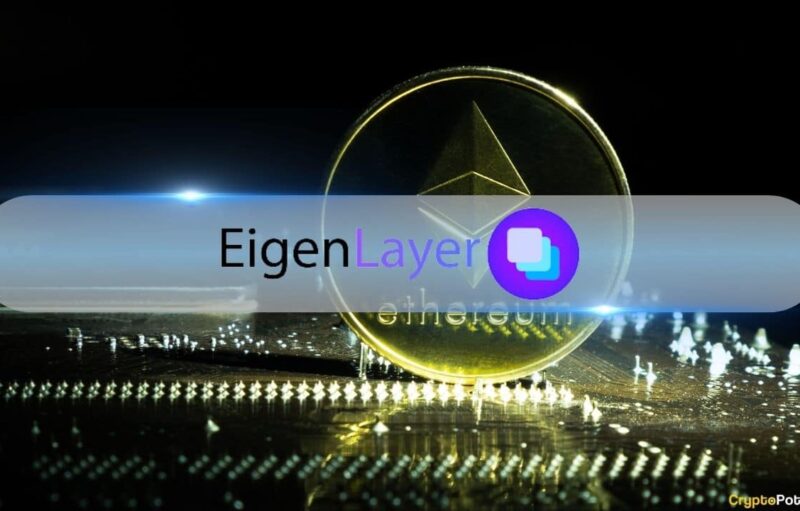Cardano is currently on the road to Shelley, an upgrade that will introduce staking for the first time via its Oroborous Genesis consensus mechanism.
IOHK, Cardano’s development group, has been hard at work on the upgrade. For the most part, waiting is all that is left—here’s what you should expect from Cardano’s upcoming staking features.
The Basics of Cardano Staking
In some ways, Cardano’s staking system will be just like any other staking system. If you hold Cardano (ADA) and decide to stake it, you’ll earn a return on your investment. This helps the network as well: staking is the process by which validators are selected to create a new block. If you don’t want to validate, you can delegate your tokens to a staking pool, which is a much simpler process.
Unlike Ethereum, Cardano won’t offer solo staking. Individuals must either run their own pool or join an existing pool. This will ensure that Cardano’s validator network stays large: “If people could get rewards without operating a pool or delegating to one, then there might not be enough node operators to have a successful network,” an IOHK spokesperson explained to Crypto Briefing.
Finally, Cardano addresses support staking in a unique way: they have separate keys for spending and staking. This means that if you decide to stake your ADA tokens, they will never leave your wallet. Plus, Cardano doesn’t require your tokens to be locked in for a term—you can un-stake your tokens at any time. This flexibility sets Cardano apart from many of its competitors.
How Will Cardano Achieve Decentralization?
Cardano has a few ways to ensure that its pools don’t accumulate too much centralized power. For one thing, Cardano’s stake pools will offer lower rewards as they get larger. This will encourage users to move between pools on a regular basis, and this will in turn theoretically prevent any pool from gaining dominance. Meanwhile, a sorting tool will help users find the most profitable pools at any given time.
Secondly, Cardano’s staking pools will not lead to centralized governance. “Stake pools don’t vote. Only the genesis key holders will be able to vote initially,” Cardano’s staking FAQ explains. This is explained in more detail in this forum post. In theory, this means that the community should have a fairly large say in the direction that Cardano development is taken.
Finally, Cardano will prevent centralization by asking exchanges to use enterprise addresses—special addresses that don’t permit staking. In theory, exchanges could choose not to use these addresses, but IOHK believes that if exchanges don’t comply, users would find out and move to more cooperative exchanges. “We may also be able to force the issue through other means,” IOHK’s spokesperson told us.
What Are the Logistics of Staking?
If you join a staking pool, you won’t need a constant Internet connection, and you won’t need to monitor your stake 24/7. However, if you decide to operate a staking pool, you will need constant Internet connectivity, and you’ll also need various technical skills.
Regardless of your choice, you won’t need a powerful computer or ASIC device: unlike mining, staking doesn’t require a lot of power.
Staking on Cardano doesn’t require a minimum amount of wealth. If you join a pool, there will be no minimum staking limit. Furthermore, if you decide to operate a pool, you can do so without owning any ADA at all—in this case, you would simply provide technical services. By comparison, Ethereum’s minimum staking limit will be 32 ETH (that said, its pools may offer lower limits).
On a related note, it’s not clear how profitable Cardano staking will be. Developers haven’t discussed the matter yet, but some estimates from the community predict that annual returns will be roughly 1-5%. These numbers are pure speculation, but they are also roughly in line with what some other blockchains offer. Of course, ADA’s market price will also affect profitability as well.
When Can You Expect Cardano Staking?
Right now, Cardano is in the first stage of its testnet phase, in which nodes operate in isolation. Soon, the testnet will move to the second stage and connect those nodes together. In the third stage, the testnet will add incentives and delegation, though there won’t be any real value at stake—instead, testnet tokens without real value will be in use.
Some staking pools have already started to take shape—however, none of these pools have any official status, and it is hard to say which pools will eventually gain prominence.
Furthermore, IOHK isn’t helping any pools gain visibility: “We don’t promote or endorse any stakepools,” IOHK told us. Regardless, if all goes well, Shelley and staking should go live during Q4 of 2019.
Good things take time: Cardano is planning one of the most original, and possibly one of the most decentralized, staking models ever. It seems that rewards will be reasonably profitable, and Cardano’s focus on stake pools will make it easy for users to participate.
And only time will tell if Cardano has what it takes to become an Ethereum killer.
The post appeared first on CryptoBriefing







